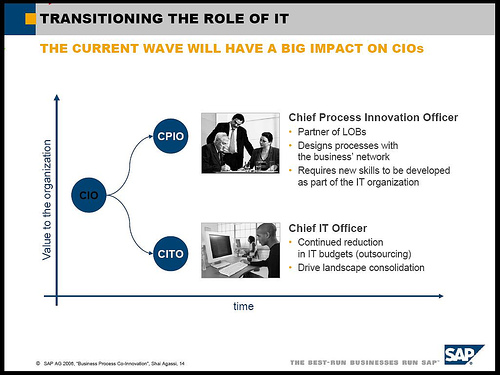(Updated)
Panda Software offers “protection against viruses, spyware, hackers, spam and other Internet threats“.
I find it ironic to receive on average two spam emails per day from the spam-protection company (it’s just the average, on 5/17 I received 5!). Or is it some twisted logic that says eventually I surrender and buy their product, then, and only then I can stop their spam? C’mon guys, I am used to receiving spam from others, but not at this rate… Let’s suppose I am in the market for antivirus software, and let’s suppose yours the best, I would still not buy it after the way you treated me!.
What kind of idiot does it take to think that making customers hate them will drive them to buy their products?
Update (5/23): Apparently I am not the only one. There is a whole thread on Panda Spam at the PC Pitstop:
“I responded to their Unsubscribe address, but it didn’t help at all. I
went to Panda’s site and wrote to a few of their support and sales
email addresses, explaining the situation and asking to be removed from
all of their marketing lists. No response, and the emails keep on
coming.
I set up my spam filters to stop them, but they still
keep coming almost daily! (Using K-9 with Pocomail) How do they do
that? I guess that they are, after all, experts in the spam department
and would know how to circumvent such filters. But why would they?”
Update (5/23): After all the bad experience a pleasant surprise: Carolina, PR Manager at Panda emailed me in perhaps less than an hour, apologized and promised to fix it. Kudos for paying attention and being so prompt. Of course, ideally, it would not take PR’s intervention to fix this … and again, what happens to all the other people complaining on the PC Pitstop? Carolina, again, thanks for helping me, but the real nice solution would be to revise your spam and opt-out policy. If you do, I’ll write about it. ![]()
Update (5/25): Well, whatever Carolina did, had no effect, I am still receiving Panda Spam. To her credit, she responded to my email in less than a minute: “I’ll contact the marketing again. I will walk over there
myself.” Thanks, Carolina. Just so you know, I took out a little insurance: set up a filter that forwards all Panda-mail to you, deleting the original copy. Don’t worry, you won’t get a lot of spam – if you can stop it, that is. ![]()
Update (6/2): Panda is unstoppable. It no longer bothers me, since I have it auto-forwarded to Carolina. She is clearly motivated to stop it, but apparenly can’t – I can still see the forwarded copies in my trash folder. Perhaps she gave up, too, and created an auto-delete filter. ![]()
Related posts:
Tags: Panda, Pandasoftware, spam, antispam, antivirus, zoliblog





 Quick news from the press conference at SAPPHIRE 2006: Shai Agassi has just announced the all-cash acquistion of
Quick news from the press conference at SAPPHIRE 2006: Shai Agassi has just announced the all-cash acquistion of  as Leo Apotheker clarified during the Press Conference, over time all SAP’s offering will be made available in the “hybrid” model.
as Leo Apotheker clarified during the Press Conference, over time all SAP’s offering will be made available in the “hybrid” model.
Recent Comments